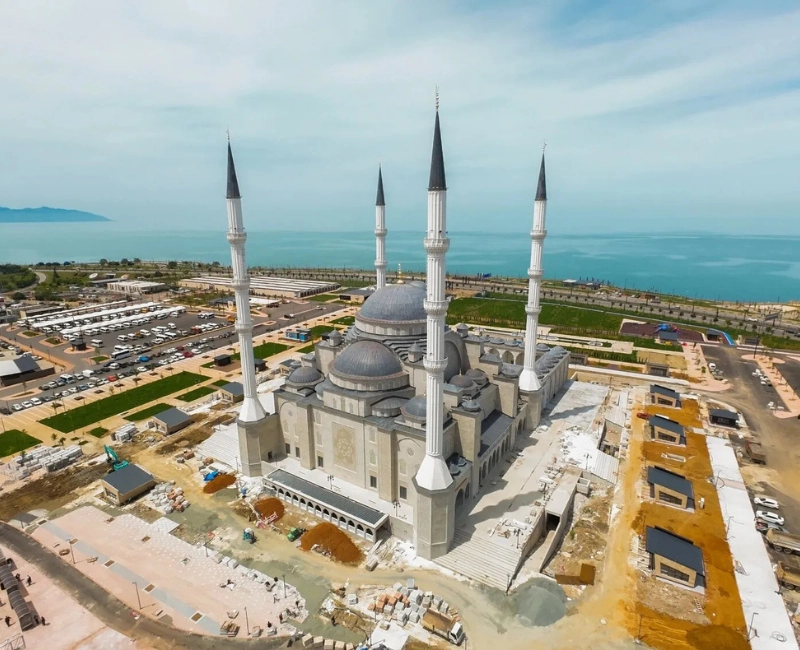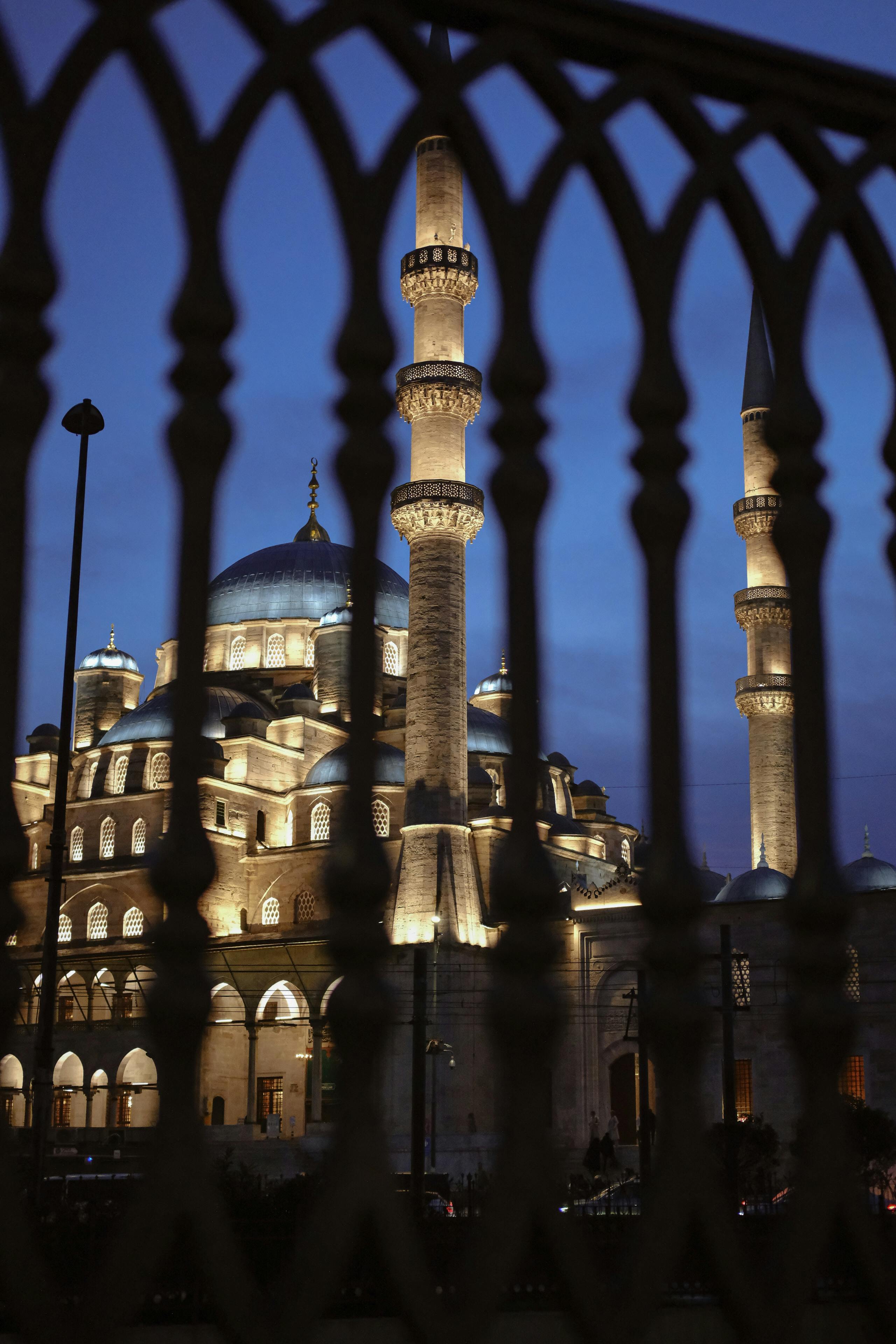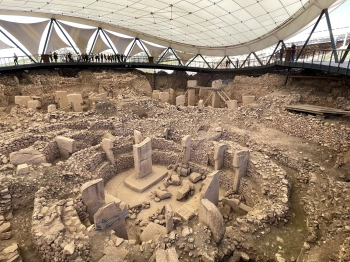What makes the Hanife Hatun Mosque and Complex so significant? Why is its reopening on July 11th a momentous occasion for both locals and historians? How does this restoration project reflect Turkey's commitment to preserving its cultural heritage? In this article, we delve into the history, architectural beauty, and cultural importance of this iconic landmark.
A Glimpse into the History of Hanife Hatun Mosque and Complex
The Hanife Hatun Mosque and Complex, located in the heart of Turkey, is a testament to the rich Ottoman architectural heritage. Built in the 16th century, this mosque has served as a spiritual and social hub for centuries. Named after Hanife Hatun, a prominent female figure in Ottoman history, the complex includes not only a mosque but also a madrasa, a library, and a soup kitchen, showcasing the multifaceted role of such institutions in Ottoman society.
The mosque's intricate designs, including its domes, minarets, and calligraphy, reflect the artistic brilliance of the era. Over the years, the complex has undergone several restorations, but the latest one is particularly noteworthy for its meticulous attention to historical accuracy.
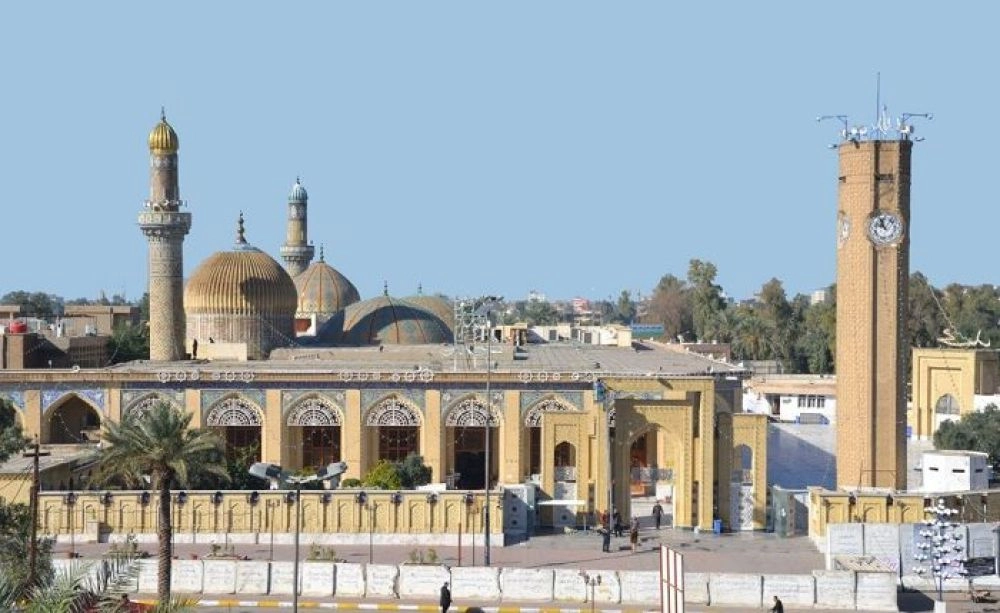
The Significance of the July 11th Reopening
The reopening of the Hanife Hatun Mosque and Complex on July 11th marks a pivotal moment in Turkey's cultural preservation efforts. This date was chosen to coincide with a historically significant event, further emphasizing the mosque's role in the community. The ceremony is expected to attract dignitaries, historians, and locals alike, all eager to witness the revival of this architectural gem.
This reopening is not just about restoring a building; it's about rekindling a connection to the past. The complex will once again serve as a place of worship, education, and community gatherings, just as it did centuries ago.
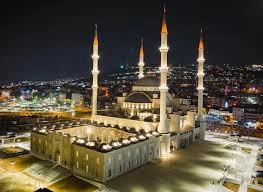
Architectural Marvels of the Hanife Hatun Complex
The Hanife Hatun Complex is a masterpiece of Ottoman architecture. The mosque features a central dome surrounded by smaller domes, a design that symbolizes the heavens. The minarets, adorned with intricate tile work, stand tall as a testament to the skill of Ottoman craftsmen. Inside, the walls are decorated with beautiful calligraphy and floral motifs, creating a serene and uplifting atmosphere.
The madrasa and library within the complex are equally impressive. These sections were once centers of learning, where scholars studied theology, science, and literature. The soup kitchen, or 'imaret,' highlights the Ottoman tradition of charity, providing free meals to the needy.
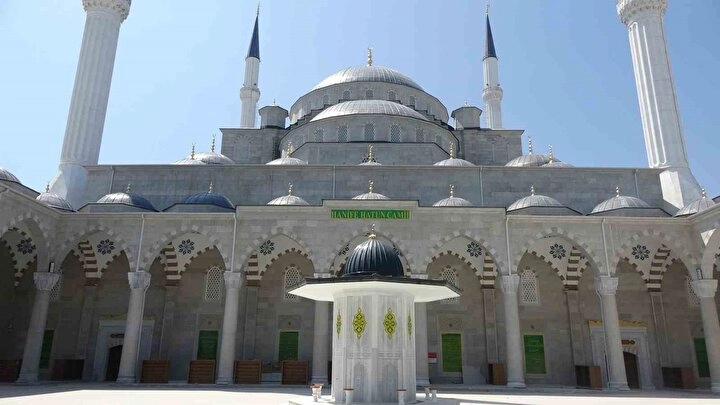
The Restoration Process: Challenges and Triumphs
Restoring a centuries-old structure is no small feat. The team behind the restoration of the Hanife Hatun Complex faced numerous challenges, including sourcing authentic materials and preserving the original artworks. One of the biggest hurdles was ensuring that modern interventions did not detract from the historical integrity of the site.
Despite these challenges, the restoration has been hailed as a success. The use of traditional techniques, such as hand-carved stonework and hand-painted tiles, has ensured that the complex remains true to its original splendour. This project serves as a model for future restoration efforts worldwide.
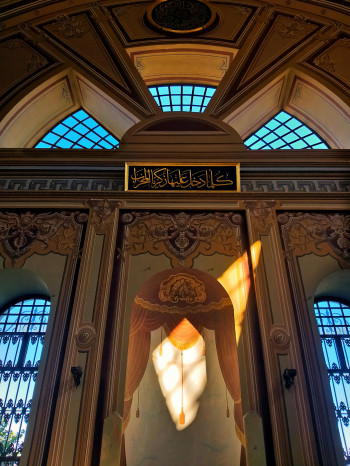
The Cultural and Social Impact of the Reopening
The reopening of the Hanife Hatun Mosque and Complex is expected to have a profound impact on the local community and beyond. For locals, it is a source of pride and a reminder of their rich heritage. For tourists, it offers a glimpse into the grandeur of Ottoman architecture and culture.
Moreover, the complex's revival is likely to boost tourism in the region, providing economic benefits to local businesses. Educational programs and cultural events held at the complex will further enrich the community, making it a vibrant center of activity once again.
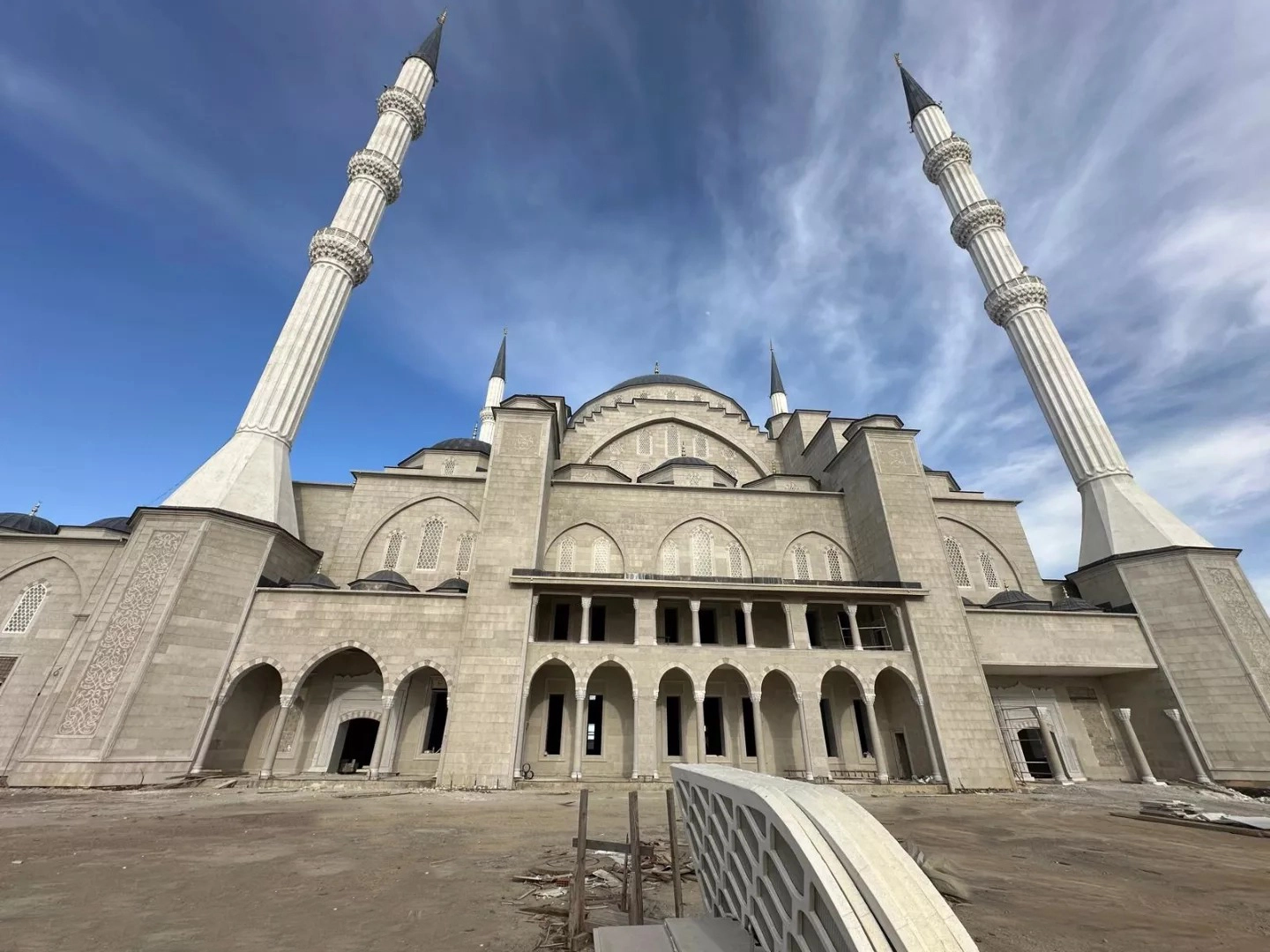
Looking Ahead: The Future of Hanife Hatun Complex
As the Hanife Hatun Mosque and Complex reopens its doors, the focus now shifts to its future. Plans are already underway to host cultural festivals, academic conferences, and community outreach programs. These initiatives aim to ensure that the complex remains a living, breathing part of the community, rather than just a relic of the past.
The success of this restoration project also sets a precedent for other historical sites in Turkey and around the world. It demonstrates that with careful planning and respect for history, we can preserve our cultural heritage for future generations.
